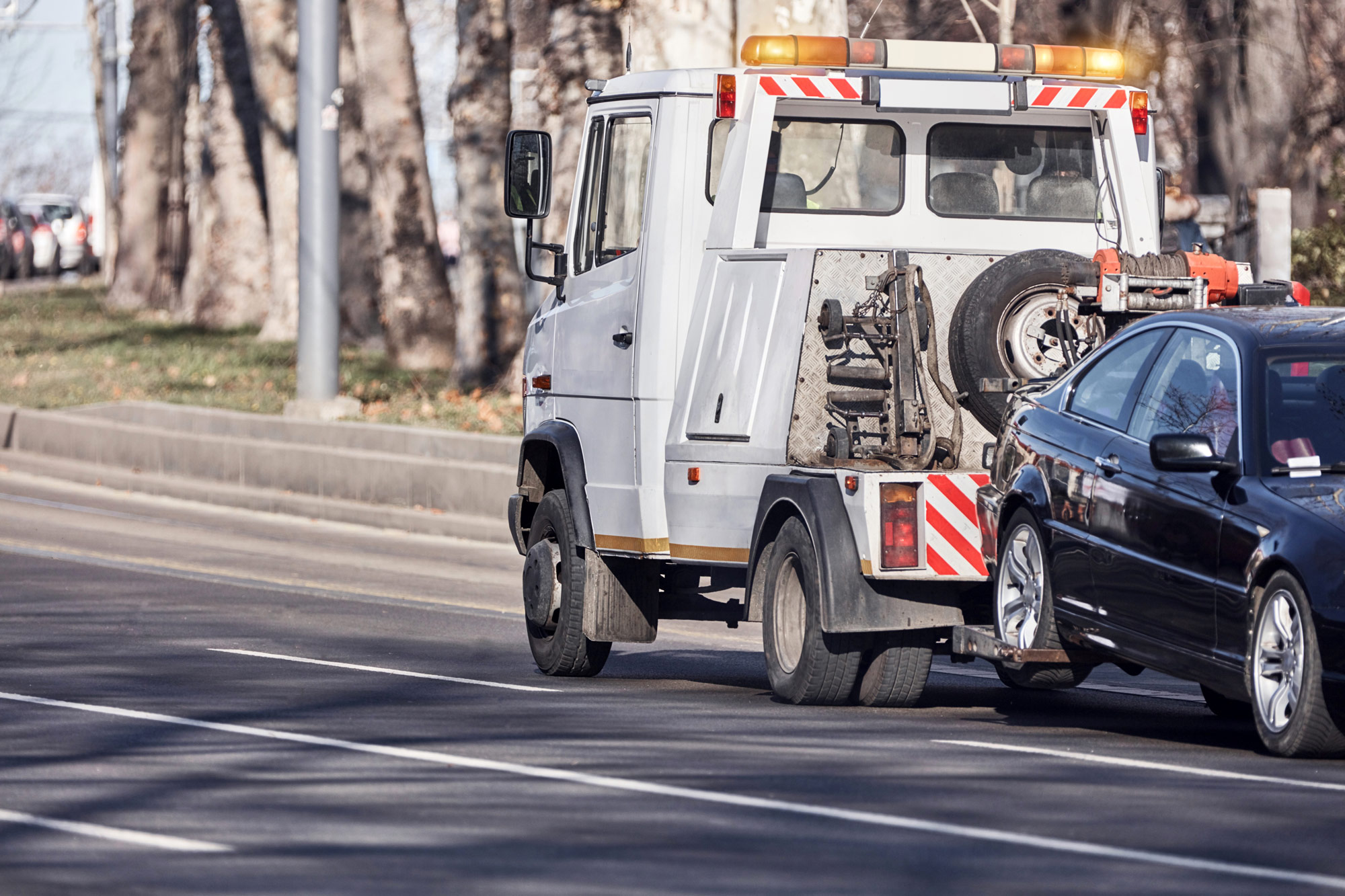What Is a Deficiency Balance?
When your vehicle is repossessed after defaulting on your loan, your debt isn't necessarily settled.
 Adobe Stock
Adobe Stock
QuickTakes:
Experiencing car repossession due to challenges with automotive loan repayment can be difficult enough. But even after the loss of your vehicle, you might still be responsible for remaining debt.
Deficiency balances are a result of vehicle repossession that leaves you on the hook to pay for outstanding debt your lender couldn't recoup through the resale of your car. While paying the outstanding debt in full can be a challenge, there may be ways to make payments over time. Not taking the necessary next steps, however, could lead to legal action, damage to your credit, and even garnished wages.
Understanding Automotive Loan Deficiency Balances
When you take out a secured automotive loan, the lender considers the value of the vehicle you are purchasing as collateral in case you can't pay back your balance.
In the event you're struggling to make payments and the loan goes into default, your lender may repossess and sell your vehicle to make up for their losses. You may even choose to give up your vehicle voluntarily to avoid fees associated with repossession, such as towing expenses.
It's possible the repossession of your vehicle may not settle your remaining loan balance. For example, due to depreciation, the resale value of your vehicle is less than the remaining balance of your loan. If this is the case, you may have a deficiency balance on your account that equals the difference between those two numbers.
For example, if you had a remaining auto loan balance of $25,000 and your lender was only able to sell your car for $15,000, you would still be responsible for paying back the remaining $10,000 difference, plus any applicable repossession fees.
What Happens If You Don't Pay a Deficiency Balance
If your lender ends up selling your vehicle for less than what's still owed on your loan, they no longer have a way to guarantee they will get the rest of their money back. Therefore, if you don't make payments on the outstanding balance, your lender could take legal action against you. They may decide to take you to court and ask for wage garnishments or place a freeze on your bank account until your debt has been repaid.
You may also need to file bankruptcy, in which case you would likely still be responsible for your deficiency balance — depending on whether you file Chapter 7 or 13. This method could also place a substantial ding in your credit score, which could be impacted by a deficiency balance. Actions such as repossession, collections, loan default, and voluntary surrender of your vehicle could be reported to credit bureaus and remain on your credit report for the long term, making it difficult to secure future financing.
How to Handle a Deficiency Balance After Auto Repossession
To avoid these consequences, it's important to handle a deficiency balance properly. Depending on your lender and your personal financial situation, you may have a few opportunities to get back in the black.
The most straightforward yet difficult option is paying back the remaining deficiency balance as a lump sum. This may not be possible, however, especially if you're already having trouble paying back your original loan.
Another option is to set up a payment plan for your deficiency balance. It will be important to communicate to your lender that you can't pay back your balance all at once. By inquiring about possible repayment plans, you might be able to avoid collections while paying back your balance over time.
While not always an option, you could also try to arrange a debt settlement, through which you and your lender would decide on an amount that you can pay back that may be less than your total deficiency balance. Your access to this option will likely depend on your lender's policies.



